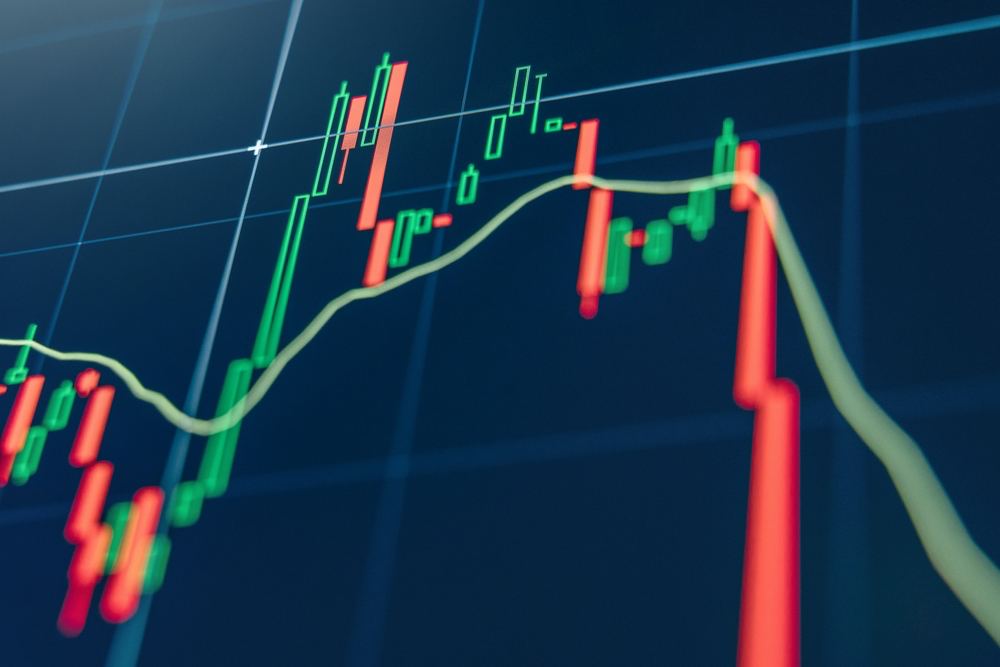Experiencing a significant loss in trading can be a devastating blow, both financially and emotionally. Still, it’s crucial to remember that setbacks are a natural part of the trading journey. What defines your success is not the absence of losses but how you bounce back from them. Here, we’ll explore effective strategies to recover from a big trading loss and get back on track toward your financial goals.
Facing reality and accepting the loss
The first step towards recovery is accepting the reality of the loss. It’s essential to acknowledge that losses are a part of trading and are inevitable at times. Denying or ignoring the loss will only prolong the recovery process.
Understanding what went wrong
Once you’ve accepted the loss, take a step back and analyze what led to it. Understanding the reasons behind the loss is crucial for preventing similar mistakes in the future. Ask yourself:
- Did you follow your trading plan?
- Were there any external factors influencing the market?
- Did emotions cloud your judgment?
Adjust your strategy
Learning from your mistakes is key to becoming a better trader. Use the insights gained from analyzing your loss to refine your trading strategy. This might involve:
- Management rules: Setting stricter risk management rules;
- Diversification: Diversifying your portfolio;
- Decision-making: Avoiding impulsive trading decisions.
Rebuilding confidence—Start small
After a big loss, it’s common to feel a loss of confidence in your trading abilities. To rebuild your confidence, start small. Trade with smaller positions and gradually increase your risk as you regain trust in your strategy.
Seeking support
Don’t hesitate to seek support from fellow traders or mentors who have experienced similar setbacks. Learning from the experiences of others can provide valuable insights and help you navigate through challenging times.
Staying disciplined
Discipline is crucial in trading, especially after experiencing a big loss. Stick to your trading plan religiously, and avoid deviating from it based on emotions or impulses. Remember, consistency is key to long-term success.
The road to recovery
Recovering from a big trading loss takes time, patience, and persistence. Be prepared for ups and downs along the way, and don’t lose sight of your long-term goals. Stay committed to your recovery plan, and eventually, you’ll emerge stronger and wiser.
Tips for emotional recovery
Dealing with the emotional aftermath of a big trading loss can be challenging. Here are some tips to help you cope:
- Allow yourself to feel your emotions but avoid dwelling on them;
- Engage in activities that help you relax and de-stress, such as meditation or exercise;
- Focus on the present moment rather than ruminating on past mistakes;
- Maintain a positive mindset and believe in your ability to bounce back.
Example: Risk management techniques
Implementing effective risk management techniques is crucial for minimizing trading losses. Here’s a table outlining some popular risk management strategies:
| Risk management technique | Description |
| Stop loss orders | Set predetermined price levels at which your position will automatically be liquidated to limit losses. |
| Position sizing | Determine the appropriate size of each trade based on your risk tolerance and overall portfolio size. |
| Diversification | Spread your investments across different assets or markets to reduce the impact of a single loss. |
| Risk-reward ratio | Aim for trades with a favorable risk-reward ratio, where the potential reward outweighs the risk. |
The bottom line
Recovering from a big trading loss is a challenging but achievable endeavor. By accepting the loss, learning from your mistakes, and staying disciplined, you can bounce back stronger than ever. Remember, setbacks are temporary, but the lessons learned are invaluable on your journey toward trading success.
Disclaimer: The content on this site should not be considered investment advice. Investing is speculative. When investing, your capital is at risk.




